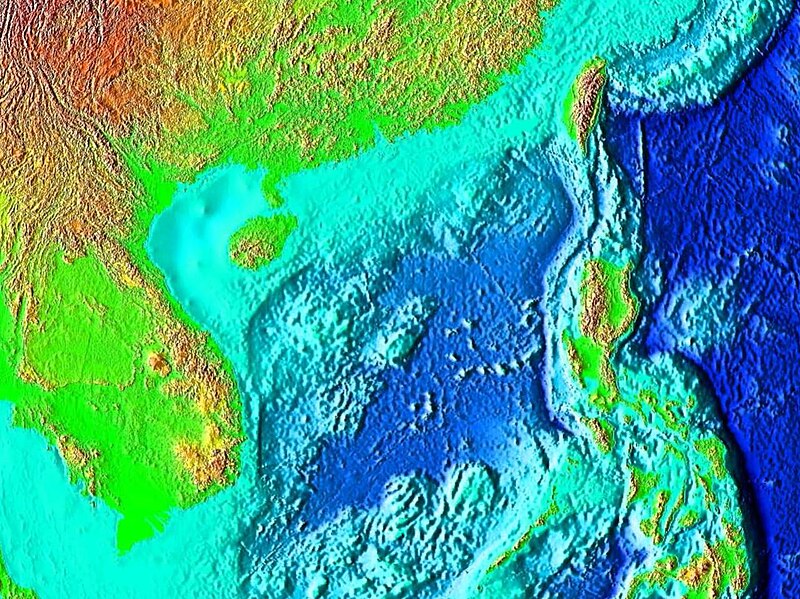Mar 17, 2011, 6 days after the mega earthquake hitting North-east
Japan, Dr.Tso-Ren Wu, Associate Professor at the Graduate Institute of
Hydrological and Oceanic Sciences of the National Central University of Taiwan,
has published an article titled “Research and Reflection on Japan’s Mega
Tsunami 2011”.
It explained that for such a massive tsunami to take place
in Fukushima, it is because this tsunami has all the necessary conditions that
enable a mega tsunami:
1. It requires an undersea megathrust earthquake. This time
the scale was a 9-magnitude megathrust earthquake.
2. It must be a Thrust Fault (or reverse fault). This
earthquake was caused by plate subduction, which is a standard Thrust Fault. Out-of-sequence
thrust fault causes direct vertical displacement of the seafloor, carrying a
column of water and thus forming tsunamis.
3. The epicenter must be shallow. The focal depth of the
epicenter was 25km in the South-Asia tsunami while that of Fukushima earthquake
was only 10km. Therefore the energy release could be converted to tsunami energy
more completely.
4. The underwater depth must be deep to allow sufficient
volume of water to store potential energy. The underwater depth of Fukushima
Tsunami was about 3km. It is of sufficient water depth to store the seismic energy
and be converted into Tsunami waves.
5. There is a uniform slope. Slopes can magnify tsunamis and
create Edge Wave Effect. There are some beautiful slopes in the outer
ocean of Fukushima.
Although Hong Kong is not located within the subduction
zone, therefore seemingly less a chance for earthquakes to happen, does it
really mean that mega earthquakes and tsunamis that took place in North-east
Japan will not happen here in Hong Kong?
We got to understand that opposite to the shore of Hong
Kong, at the eastern side of the South China Sea is the Luzon Island of
Philippines. Its west coast sits the notorious Manila Trench.
The article points out that this trench has been identified
as the most active trench in the world by the USGS. Its extremely long thrust
length of approx. 1,500km is similar to that causing the South-Asia Tsunami. Also,
it is a subduction plate in which the Eurasian Plate is subducting under the
Philippine Sea Plate.
The GPS geodesy measurements show that the convergence rate
across the Megathrust is at 8.7cm per year, which is considered as an active
thrust fault.
Also, there is no record of any mega earthquake since 1560,
a time when the Philippines started written records; even the monitoring in
recent years has not shown any earthquakes that are of magnitude 8 or above.
This is very similar to the South-Asia and the Fukushima
Tsunamis. Energy is being accumulated under the crust which is potentially of serious
danger.
The article also points out that according to the analysis
of earthquake recurrence interval, the recurrence interval of a 8.5-magnitude
earthquake in the Manila Trench is 205 years and that of a 9.0 magnitude is 667
years.
From the data above, it shows that the Manila Trench has
already stored a considerable amount of energy that can potentially lead to a
mega earthquake in the future.
And if a mega earthquake takes place in the Manila Trench,
the tsunami created can potentially be impacting Hong Kong.


THANK YOU
ReplyDeleteSUPPORT!!!
ReplyDeletehorrible!
ReplyDeletewe must prepare for it...
Hong Kong is not as safe as we think of!!!
ReplyDeleteWe should be awaken and aware!!!
It is a nice post~!!!
YES! Anywhere have the opportunity the event of a disaster! Must take to prepare!
DeleteSurprised!
ReplyDelete